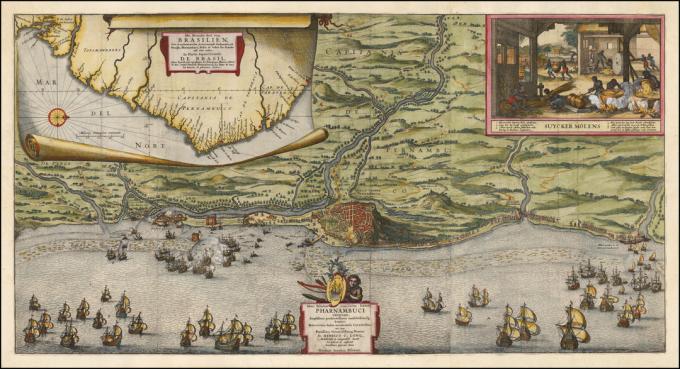Goals plan it was a program whose purpose was to improve Brazilian infrastructure, implemented during the government of Juscelino Kubitschek (1956-1960).
The project defined thirty objectives, grouped into five sectors, to be achieved: energy, transport, industry, education and food.
Basically, the intention was to stimulate the development of light industry in Brazil.
Goal Plan Achievements
With the motto “fifty years in five”, Juscelino assumes the presidency on January 31, 1956 and puts the Plan of Goals into practice.
One of the main works was the implementation of the automobile industry through tax incentives. It invested in the creation of factories that produced genuinely national vehicles, such as Vemag (Veículos e Máquinas Agrícolas S.A.).
Likewise, Volkswagen, Mercedes Benz, Willis Overland and General Motors factories were installed. In 1957, Volkswagen cars began to be produced entirely in the country.
In the energy sector, hydroelectric plants expanded with the construction of the Paulo Afonso plants, on the São Francisco River, in 1955; and the start of the works at Furnas and Três Marias, in Minas Gerais.
In this field, the National Nuclear Energy Council was founded, which allowed Brazil to develop this technology only for peaceful purposes. At the end of his term, JK established the Ministry of Mines and Energy;
In order to correct regional problems, the Superintendency for the Development of the Northeast (SUDENE) was created. As the south of the country had industrialized faster than the north, it was the role of this government agency to reduce this gap.
The foundation of Brasília, the country's new capital, was considered the synthesis goal of the JK government. The location on the Central Plateau, in Goiás, was strategic, as it would create a dynamic hub in the interior of the country.
In order to carry out this ambitious plan, however, Juscelino would have to resort to currency issues and foreign loans.
The IMF (International Monetary Fund), however, refused the loans, as it suspected that this economic policy would generate inflation, harming international creditors. Despite this, the money was obtained from European and American banks, without the guarantee of the IMF.
Origin of the Goal Plan
The Plan of Goals originated from the ideas of economists at ECLAC (Economic Commission for Latin America) and BNDE (National Development Bank).
Considered the first global plan for the development of the national economy, it was the backbone of the developmental nationalism intended by Juscelino Kubitschek.
The plan's success was possible thanks to the creation of administrative bodies directly linked to the Presidency of the Republic, such as: GEICON (Group Shipbuilding Executive), GEIA (Automotive Industry Executive Group) and GEIMAPE (Machinery Industry Executive Group) Heavy).
Not all sectors were treated equally. Education and food received 4.3% and 3.2 of the funds allocated to the Plan of Goals, while transport accounted for 29.6%.
We have more texts for you:
- Construction of Brasilia
- Juscelino Kubitschek
- Industrialization in Brazil
- Economy of Brazil


